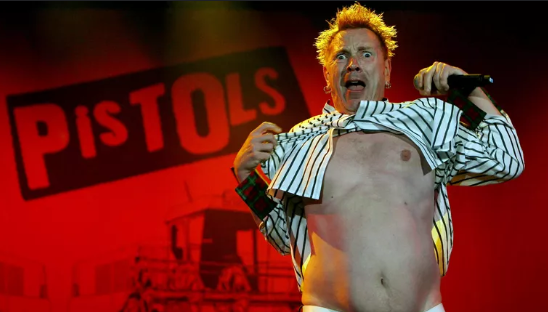We go from bees to teas, dear reader, as today—May 21st, this very annum of our collective unraveling, 2025—is International Tea Day, a evidently hallowed 24-hour span where we’re supposed to genuflect before the steaming altar of Camellia sinensis and its myriad permutations. Tea, that ubiquitous elixir, that alchemical slurry of leaf and water, which, let’s be honest, is less a beverage and more a civilizational crutch, a liquid tether to sanity for billions. It’s the drink that’s been sloshing through human history since some ancient Chinese mystic decided to boil a bush and call it divine. And here we are, centuries deep, still worshipping at the porcelain shrine of the teacup, still chasing that delicate, tannic high.
Imagine: a world awash in tea, from the bone-white cups of Darjeeling in Kolkata’s crumbling colonial haunts to the chipped mugs of truck-stop Earl Grey in some godforsaken Midwestern diner. Tea is the great leveler, the one addiction we don’t whisper about in shame. It’s the morning jolt for the bleary-eyed salaryman in Tokyo, the afternoon ritual for the tweed-drenched Brit, the late-night muse for the poet scribbling in a Marrakesh souk. It’s the drink that says, “I’m functional, but only just.” And on this day, this International Tea Day, we’re supposed to celebrate it—not just the leaf itself but the whole sprawling, caffeinated cosmology it drags in its wake.
Let’s not kid ourselves, though. The tea-industrial complex (aka Big Tea) isn’t all Zen and jasmine-scented transcendence. It’s a brutal, sweaty business, rooted in the calloused hands of pickers in Assam and Yunnan, where workers—mostly women, let’s not dodge the optics—pluck leaves under a sun that doesn’t give a damn about fair trade certifications. The supply chain is a labyrinthine nightmare, a global pinata of exploitation and middlemen, where every sip of your artisanal oolong carries the faint aftertaste of someone else’s misery. And yet, we sip. We steep. We pontificate about mouthfeel and terroir like we’re auditioning for a Wes Anderson film. The hypocrisy is exquisite, a Möbius strip of self-awareness and denial.
I think we’d be remiss on this International Tea Day to not talk about coffee, that overrated, bean-derived sludge, the poor man’s stimulant for those too impatient to court the sublime. Coffee is a sledgehammer—crude, bitter, a one-note adrenaline spike that leaves you jittery and hollow, like you’ve just mainlined an Excel spreadsheet. Tea, by contrast, is a scalpel, a symphony, a goddamn love letter to nuance. Where coffee stomps in with its acrid, burnt-rubber swagger, tea seduces with layers—floral whispers, earthy depths, astringent kicks that evolve with every sip. Coffee chains you to the grind, a caffeinated hamster wheel; tea liberates. You want health? Tea’s got antioxidants out the ass, while coffee’s just a diuretic middle finger to your kidneys. The choice is clear, you philistines: tea is the poet, coffee the propagandist.
But screw the guilt for a second—tea is also magic, pure and simple. It’s the only drug you can serve at a toddler’s birthday party without raising eyebrows. It’s the potion that fueled the Opium Wars (irony thicker than a London fog), the Boston Tea Party (revolution in a crate), and every late-night dorm-room bull session that ever veered into the meaning of life. Green, black, white, oolong, whatever the hell pu-erh is—it’s a spectrum of obsession, a taxonomy of taste that makes wine snobs look like dilettantes.
And the ritual! Oh shit, the ritual. The kettle’s banshee wail, the precise alchemy of water temperature (too hot, you scald the leaves; too cold, you’re drinking lawn clippings). The slow bloom of the infusion, the way the steam curls like a ghost’s finger beckoning you to some ineffable truth. That’s fuckin’ poetic. It’s meditative, sure, but it’s also a subtle fuck-you to the instant-gratification slot machine of modern life. Tea demands patience, demands you sit still and shut up for five goddamn minutes. In a world of algorithm-driven dopamine hits, that’s practically punk rock.
So here’s the deal, you jittery, over-caffeinated reprobates: today, on International Tea Day, pour yourself a cup. Doesn’t matter if it’s a $200-an-ounce Silver Needle or a Lipton bag you swiped from a motel breakfast bar. Raise it to the pickers, the blenders, the smug baristas who correct your pronunciation of “matcha.” Raise it to the billions who’ve made tea their north star, from samurai to suffragettes. Then drink deep, caffeinated reader…let the warmth hit your marrow, and feel the world slow down just enough to remind you you’re still human. Or at least close enough.
N.P.: “Fuck Me Up” – Pokey LaFarge


